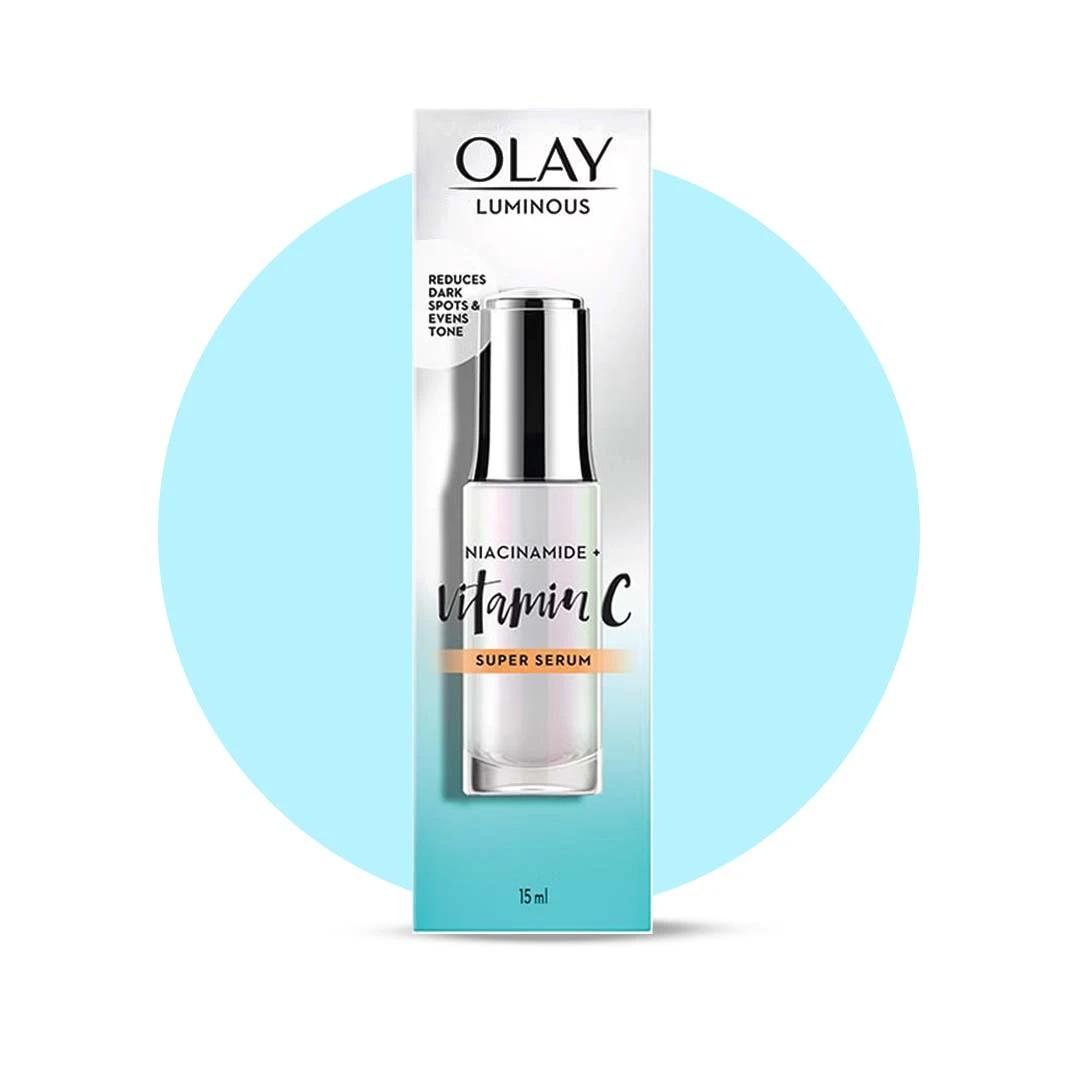Let's talk about the pitfalls that can sabotage your progress. The biggest mistake? Going overboard with products thinking more equals faster results. This usually leads to irritation, which can actually cause more pigmentation. Another common error is skipping sun protection—seriously, this is like taking one step forward and two steps back. And please, don't expect overnight miracles. Age spot reduction and other pigmentation improvements take time, typically several months of consistent use.
Progress Tracking and Treatment Plan Adjustments
Keeping track of your progress is crucial for staying motivated and knowing when to adjust your approach. Take photos in the same lighting conditions every few weeks to document changes—trust me, you'll be surprised at the gradual improvements you might not notice day-to-day. If you're not seeing any changes after 12 weeks of consistent use, it might be time to reassess your approach. Sometimes this means switching products, adjusting frequency, or consulting a dermatologist for professional guidance. Remember, everyone's skin responds differently, so what works for your mate might not be your skin's cup of tea.
Frequently Asked Questions
Can pigmentation be removed permanently with creams?
Whilst topical treatments can significantly fade pigmentation, 'permanent' removal is tricky. Most hyperpigmentation solutions can dramatically improve the appearance of dark spots, but maintenance is usually needed to prevent them from returning. Your skin continues to be exposed to triggers like UV rays and hormonal changes.
How long does it take to see results from pigmentation treatment creams?
Patience is key here. Most people start seeing subtle changes around 6-8 weeks, with more noticeable improvements at 12 weeks. However, deeper or older pigmentation might take 6 months or longer to see significant fading.
Are natural ingredients effective for treating pigmentation?
Absolutely! Many natural ingredients like kojic acid, alpha arbutin, and vitamin C are highly effective for treating pigmentation. However, 'natural' doesn't always mean gentler, so patch testing is still important.
Can I use pigmentation treatment creams during pregnancy?
Some ingredients like retinoids should be avoided during pregnancy. Safer options include vitamin C, niacinamide, and alpha arbutin, but always consult your healthcare provider before starting any new skincare treatments during pregnancy.
How do I prevent pigmentation from recurring after treatment?
Consistent sun protection is your best defence against pigmentation returning. Daily SPF use, protective clothing, and avoiding peak sun hours can prevent new spots from forming. Maintaining a gentle skincare routine also helps keep your skin barrier healthy.
Final Thoughts
Mastering pigmentation treatment isn't about finding one magical cream—it's about understanding your skin, choosing the right ingredients, and sticking to a consistent routine. The journey might take longer than you'd like, but the results are absolutely worth it. Remember, every skin is different, so what works brilliantly for someone else might need tweaking for you. Be patient with the process, protect your skin religiously, and don't be afraid to adjust your approach if something isn't working. Your skin's natural renewal process takes time, but with the right pigmentation treatment cream and proper technique, those stubborn spots will gradually fade. Trust the process, be consistent, and celebrate the small wins along the way.

 50 gm
50 gm 50 gm
50 gm 50 ml
50 ml 50 gm
50 gm